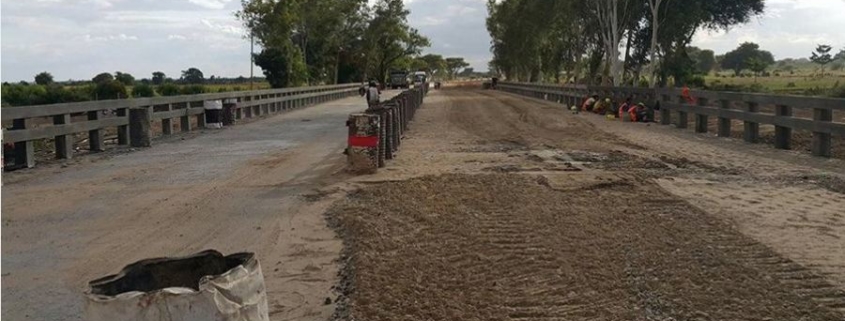Public-Private Partnerships: Headlong vs. Strategic
By KHINE WIN 20 August 2018
Not long after the National League for Democracy came to power in 2016, public-private partnerships (PPPs) became a buzzword among government ministers and public officials.
It is understandable, given Myanmar’s immense infrastructure needs. In a 2013 country report, the McKinsey Global Institute estimated Myanmar’s infrastructure needs at $320 billion by 2030. The G-20 Initiative Global Infrastructure Hub estimated in 2017 that Myanmar needed $224 billion by 2040.
Investment shortfalls against these estimates will have a huge impact on Myanmar’s economic development and nation-building. There are also many studies, by the World Bank and others, pointing to a strong correlation between infrastructure investment and GDP growth. If Myanmar continues at its current level of infrastructure investment, the country’s sustainable development goals will not be met.
One way to fill the huge infrastructure gap left behind by successive authoritarian governments is PPP. Numerous studies by multilateral and bilateral institutions such as the Asian Development Bank have recommend this approach for Myanmar and other countries in the region. Therefore, it is not surprising that the government adopted PPP as the main approach to fulfilling the country’s infrastructure needs.
However, PPPs are not a magic wand. It is a very complex investment model involving multiple stakeholders and long-term regulatory oversight. Although it is called a public-private partnership, it is privatization by another name since public assets are transferred to private entities on long-term concession contracts, in some cases for 70 years.
PPPs have been in existence in Myanmar for many years and are commonly known as build-operate-transfers (BOTs). The track record of privatization and BOTs in Myanmar is not good and most people consider them to be asset stripping by cronies. A number of country analyses by bilateral and multilateral institutions on the current PPP situation also point out that Myanmar lacks a legal and regulatory framework and is weak on the institutional capacity needed to manage PPPs effectively and efficiently.
In my opinion, by observing the calls for expressions of interest and requests for proposals from various ministries for different types of PPPs — from community centers to airport rehabilitations, elevated expressways to power projects — it seems the government is going all-out on PPPs.
A draft PPP policy document prepared for the government by two UN consultants reinforces this belief. It states that “participation in PPPs may take place in both productive and socio-economic service sectors.” The list includes every public sector, from health care to education, social welfare, energy, transportation, tourism and information and computer technology.
This all-out approach to PPPs can be problematic, as it can be tantamount to wholesale privatization or a massive transfer of public assets without benefiting the public to the extent that past practices have. Public utilities and state real estate assets, for example, could fall into private hands via PPPs given the current level of institutional capacity and human resources in the ministries and regional governments.
There are many examples in which even the governments of developed countries could not manage PPPs properly and wasted hundreds of millions of dollars of taxpayers’ money. Metronet, in the U.K., is a case in point. Moreover, if all the ministries and regional governments in Myanmar were involved in complex PPP projects, they might end up spending much of their time on them and not be able to fulfill their core functions effectively. Therefore, the central government should take a more strategic approach to PPPs by identifying priority infrastructure projects and setting criteria for different types of financing.
The government understandably needs to tap private capital for infrastructure development in Myanmar and naturally adopted the PPP model as a main pillar of its infrastructure program. However, taking the example of the Philippines, the successful implementation of a sustainable and inclusive PPP program necessitates strong political support, clear and transparent policies, enhanced capacity of implementing agencies, a sufficiently resourced PPP knowledge center able to provide essential technical, financial and legal advisory support to ministries, and a pipeline of viable PPP projects.
There is no shortcut to a sustainable and inclusive PPP program. If the government goes headlong, it could face political backlash.
News from The Irrawaddy
The Irrawaddy Link: https://www.irrawaddy.com/opinion/guest-column/public-private-partnerships-headlong-vs-strategic.html

 News from The Irrawaddy
News from The Irrawaddy


















